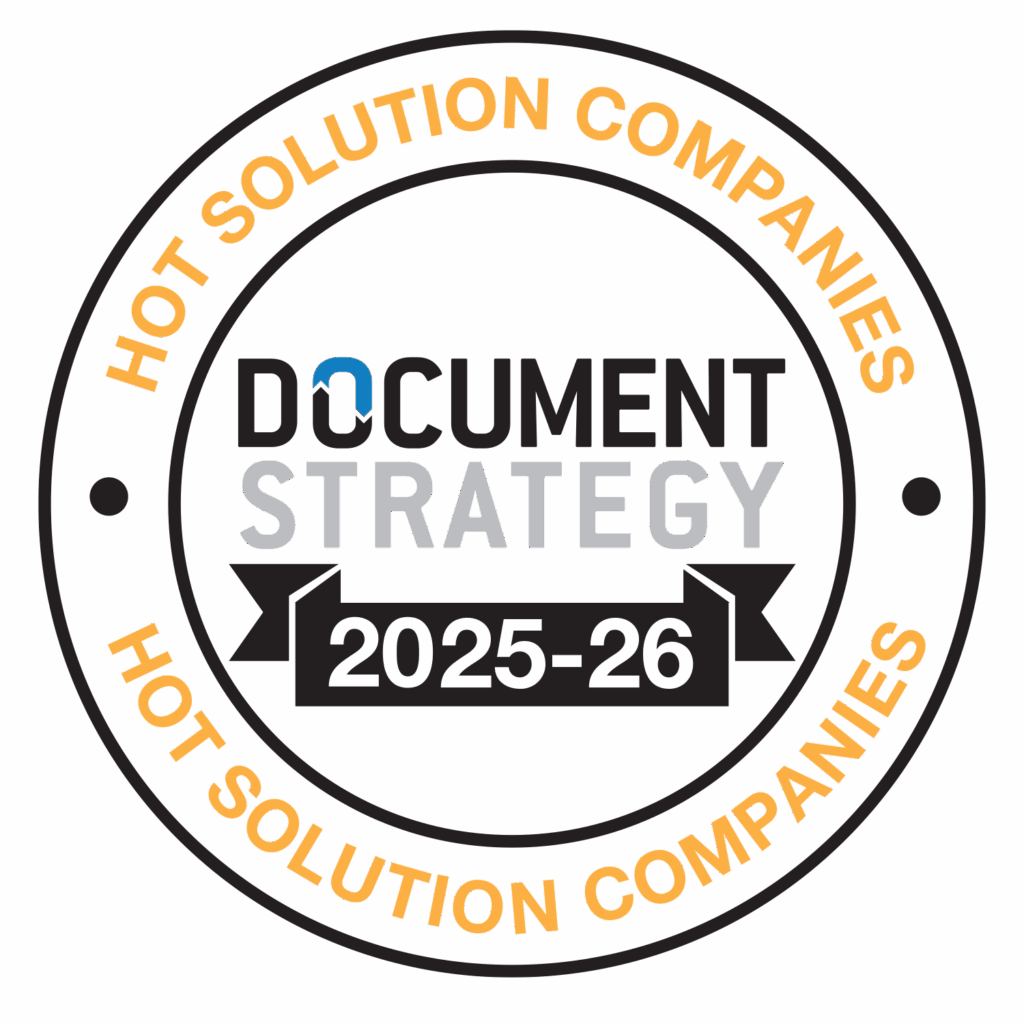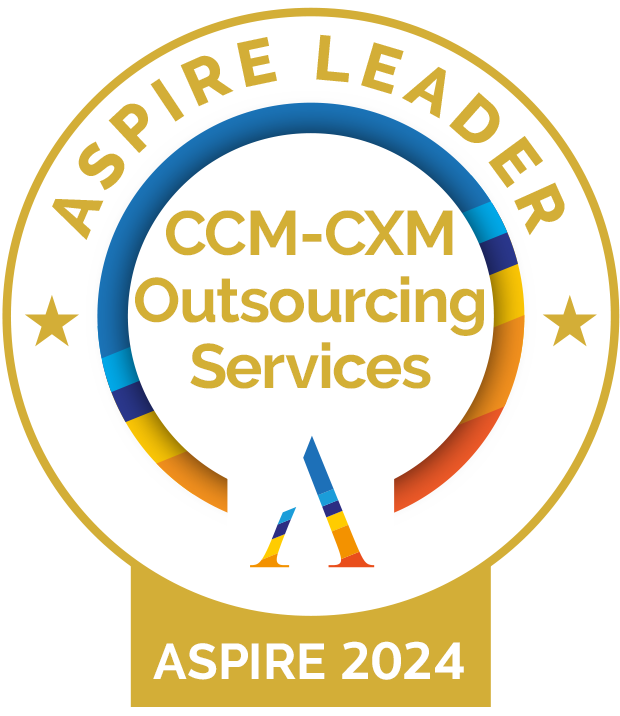What is a customer engagement platform?
What is customer engagement?
In essence, customer engagement comprises the actions a customer takes that help build a relationship with your brand. These can be both online and offline, from clicking on an email and liking a social media post to walking into a brick-and-mortar store and opening a direct mail piece. The more actions a customer takes with your organization, the more likely they are to continue doing business with you.
Why, exactly, do you want your customers to be engaged? Because a fully-engaged customer can:*
- Represent a 23% increase in revenue
- Increase customer loyalty by 25%
- Boost net profit by 10%+
- Produce 66% higher sales growth
What a customer engagement platform does
The examples above represent just a few ways in which customer engagement can play out for a brand. With the proliferation of digital channels and touchpoints in our hyper-connected world, plus already established offline ones, it can become unwieldy to manage your customer interactions and understand which ones are actually driving business value.
A customer engagement platform helps by enabling you to deploy omnichannel campaigns, track the behaviors they elicit, and optimize them for the future…all in one, integrated system. It also helps with the linchpin of all successful marketing: centralizing your data, rather than having it sit in siloed systems, which leads to disjointed customer experiences. Having this data all in one place gives you a necessary 360-degree view of every customer.
Customer engagement platforms vs. customer relationship management platforms
As mentioned previously, there are numerous technology platforms for managing various aspects of a brand’s interactions with customers. One system that might seem similar to a customer engagement platform is a customer relationship management (CRM) platform. While engagement and relationship may seem synonymous, there are some core differences between these two platforms.
CRM platforms gather data across different channels such as a company’s website, telephone or direct mail so there is a record of past purchases and interactions with your brand. This information can help automate sales funnel and customer support tasks, enable support staff to provide better customer service and assist in surfacing customer insights. Customer engagement platforms, on the other hand, are focused on using data to orchestrate meaningful experiences that boost loyalty and retention. While sales can use these platforms, they are likely to be more heavily used by marketers.
A CRM provides a valuable record of the past and presents details of a customer’s journey with you. But it doesn’t view this information through the lens of the actual customer. Customer engagement platforms go a step further than CRM systems in that they center the customer, not sales, in company operations. Everything is oriented around the customer’s needs, preferences and behaviors in a customer engagement platform, not around ensuring that you have all contact fields in a database filled out. This is what makes customer engagement platforms so powerful and necessary at a time in which there are more digital touchpoints than ever before.
The benefits of a customer engagement platform
A customer engagement platform helps you engage in quality two-way conversations with your customers instead of pushing out one-way marketing materials that might be a miss based on individual needs and preferences.
Since these systems allow you to integrate both channels and the data they generate, you get a single, holistic view of how an individual customer is responding to different marketing tactics. This intel can help determine if, say, email is the channel of choice for one particular customer while another prefers print. Drilling down further, a customer engagement platform also indicates the types of messages that are performing best within each channel, so you can make tweaks where needed.
From there, you can better personalize your marketing and communications to individual customers. As McKinsey said in a recent report, personalization is quite effective at driving repeat engagement and loyalty over time—76% say receiving personalized communications is a key factor in considering a brand, and 78% say it’s likely to lead to repurchase. Other benefits of a customer engagement platform include:
- Accelerating time to cash
- Increasing customer satisfaction
- Driving down costs
- Earning more new customer referrals
- Decreasing cart and customer abandonment
- Eliminating barriers to digital adoption
Tips for getting started with a customer engagement platform
Not all customer engagement platforms are created equally. We recommend three things to look for if you’re in the market for this type of system for your business:
- Ability to manage the full spectrum of the customer experience and lifecycle: There are things you need your customers to do, like pay their bills. However, you can capitalize on these obligatory moments if your platform can help make them more rewarding, communicate your brand value and deliver personalized messages at the moment of maximum attention.
- A single, robust SaaS platform that is low-lift to implement and use: Consumer channels and preferences change on the dime, and you need a platform that can keep up. Choose a flexible solution built for both the now and the future that executes omnichannel journeys by integrating traditional and digital touchpoints.
- Data at the core—whether it’s yours, your partners or a mix of the two: Your customer engagement platform should be able to orchestrate, capture and analyze all interactions, and enhance your customer understanding with additional data if need be.
Want to learn more about customer engagement platforms and if they make sense for your business? Get in touch with us today.
*All figures from Gallup




